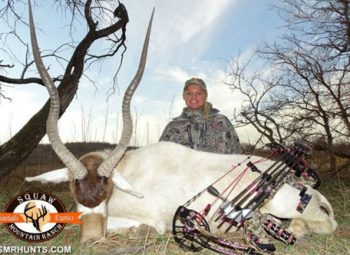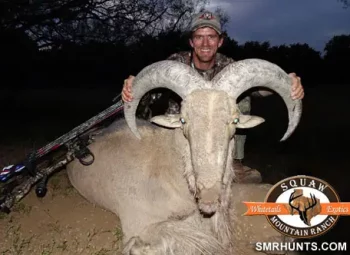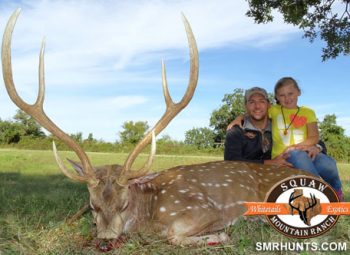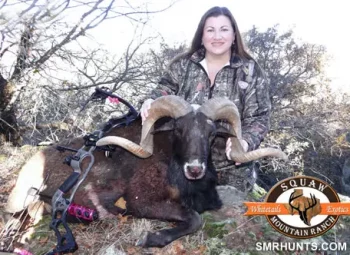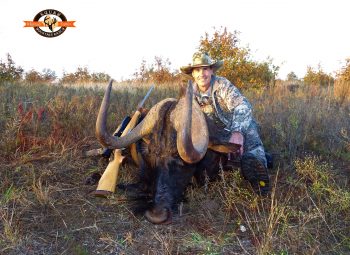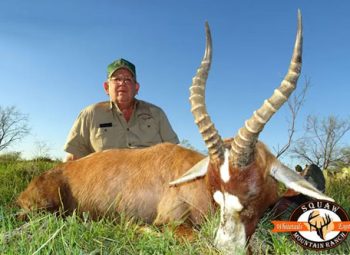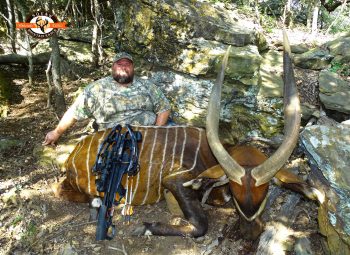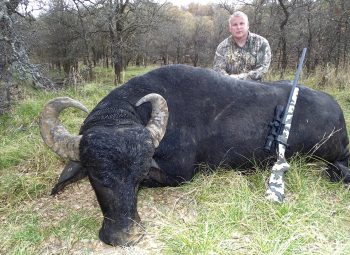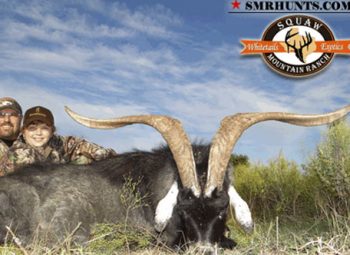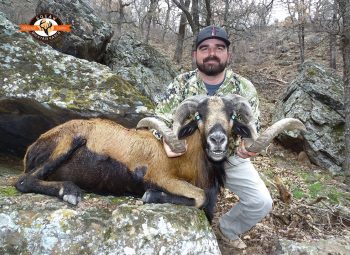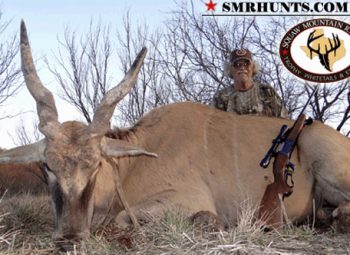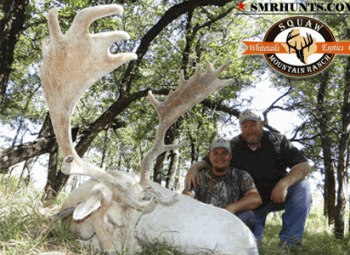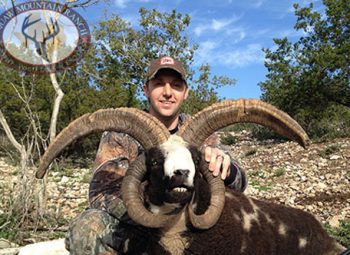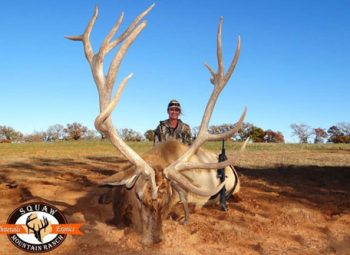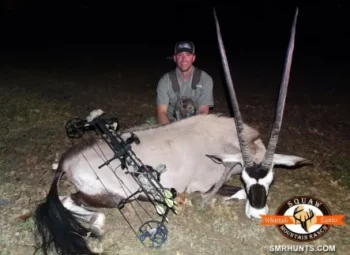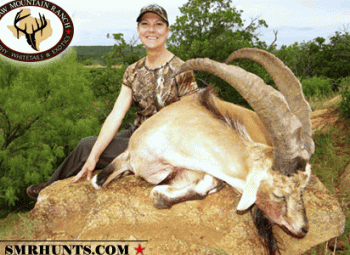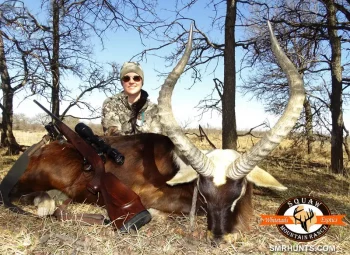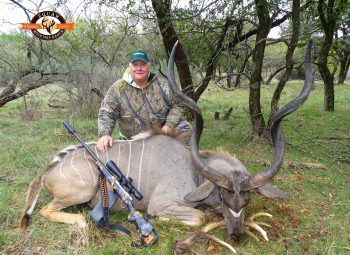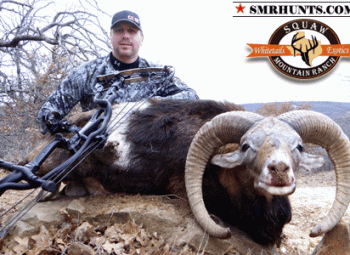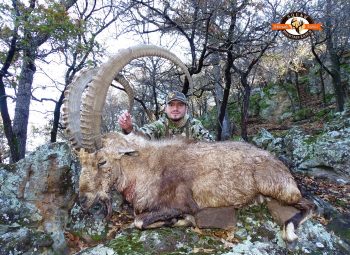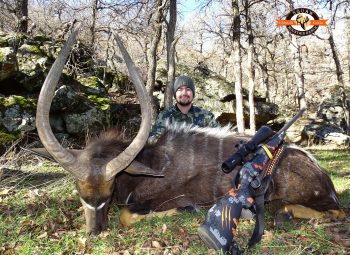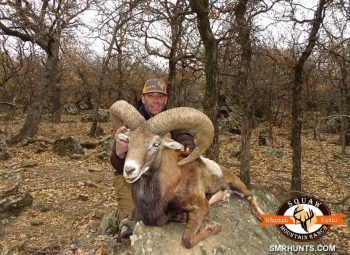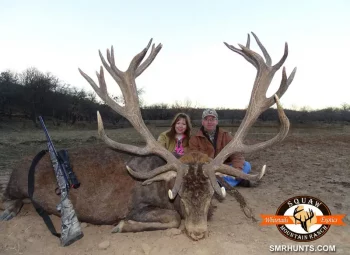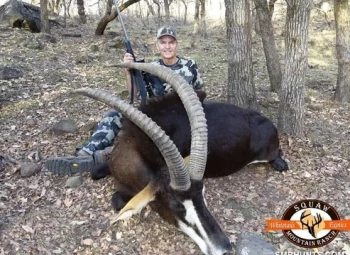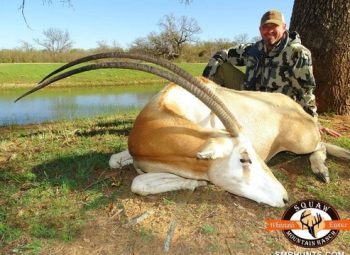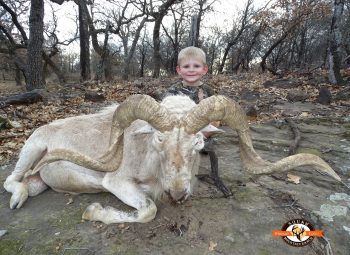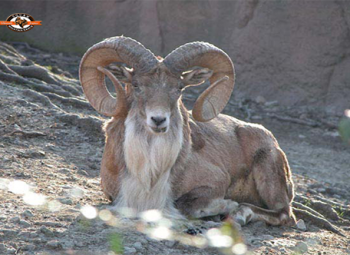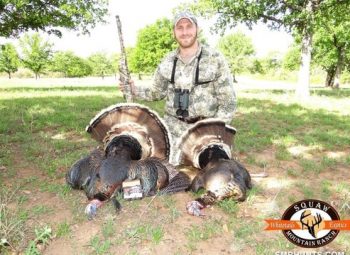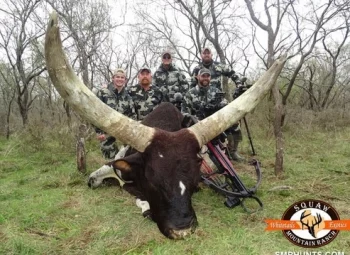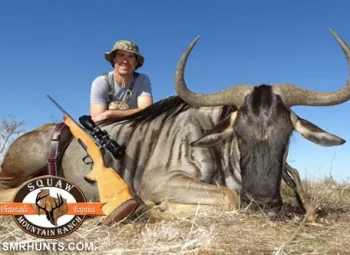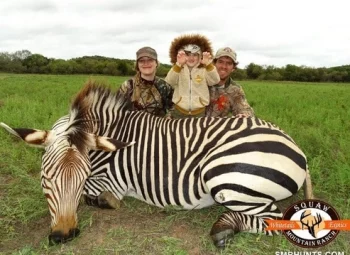Looking for exotic hunts in Texas? At Squaw Mountain Ranch, we provide the best exotic animal hunting experience.
Some of the exotic hunts in Texas that we offer are: Addax, Aoudad Ram, Axis Deer, Blackbuck Antelope, Buffalo, White Buffalo, Corsican Ram, Trophy Elk, Fallow Deer, Four Horn Sheep, Gemsbok, Hybrid Ibex, Mouflon sheep, Nubian Ibex, Red Lechwe, Reg Stag, Sable, Scimitar Oryx, Texas Dall Ram, Transcaspian Urial, Wildebeest, Zebra, and many more!
Squaw Mountain Ranch is home to many Exotic Animals and Wild Game.
SMR also caters to the discriminating hunter for specific requested animal hunts.
We cater to each client individually during their Exotic Hunt at SMR. We ensure a fair chase hunt that will provide each Exotic Hunter with a formidable Trophy that they will be proud to hang in their Trophy Room. Squaw Mountain Ranch prides itself on providing outstanding Trophy Exotic Hunts at an affordable price compared with other ranches, while giving the hunter a five star experience and service second to none.

